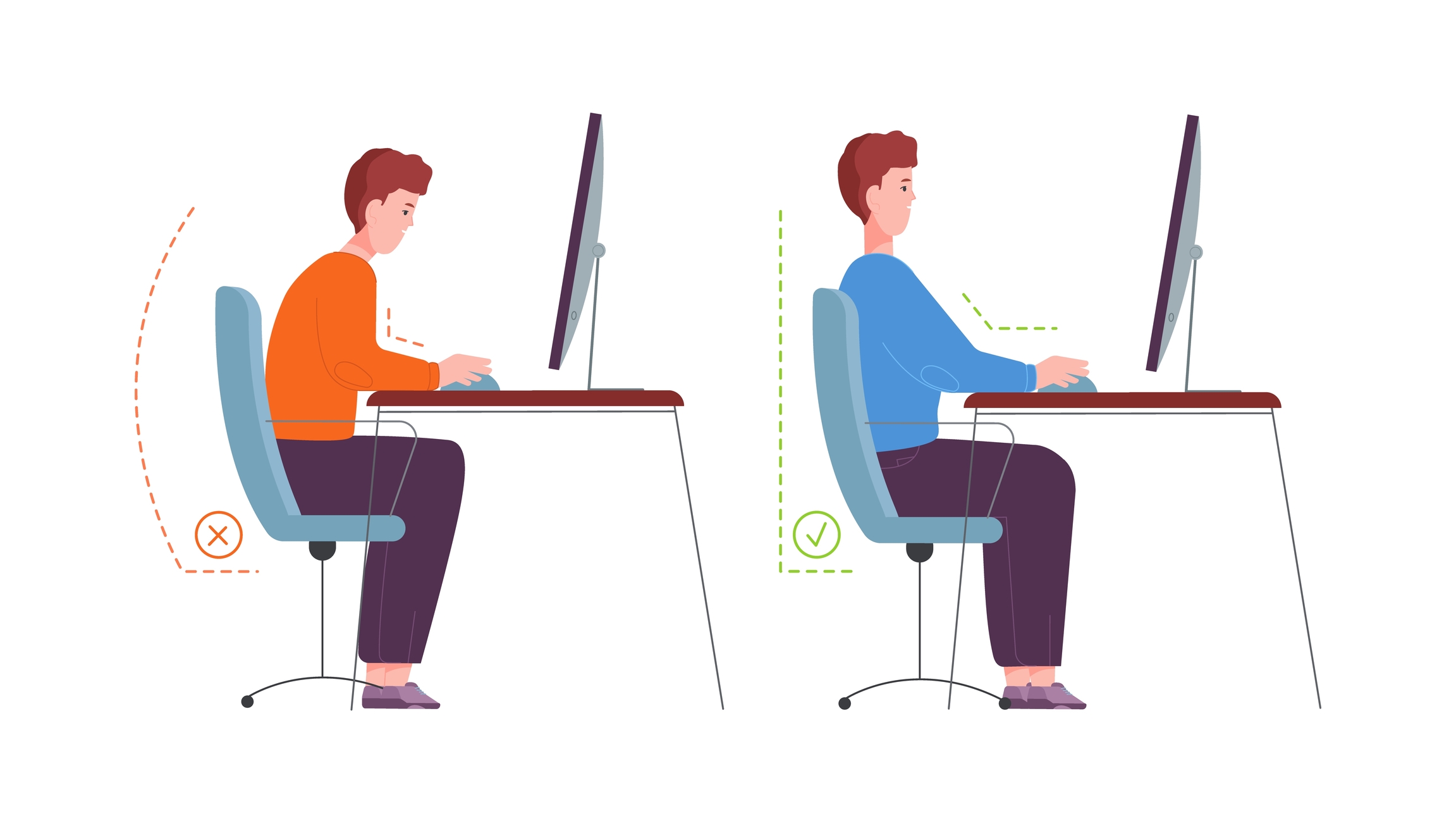Sciatica Exercises: The Best Stretches for Optimal Pain Relief
Sciatic nerve stretches are a variety of stretching exercises performed to relieve sciatica-related pain. The sciatic nerve is the longest nerve in the body, and it's triggered by a variety of conditions and injuries. Sciatica is a symptom of pain in the lower back, or buttock, that typically radiates down the leg to the ankle or foot. Common causes of sciatica include degenerative disk disease, lumbar spinal stenosis, pregnancy, or a herniated disc. These small muscles are the piriformis muscles, and the sciatic nerve runs very close to - or even through - this muscle. Even when the origin of the pain is not due to these muscles, sufferers still find it beneficial to stretch them and the surrounding area when experiencing sciatica. Many experts agree that stretching the piriformis muscles and the hamstring muscles have success in alleviating pain. The following stretches are among some of the most recommended to achieve pain relief.
Sciatica Pain Relief Through Stretching

Sciatica pain stems from pressure on the sciatic nerve, often caused by conditions like a herniated disc or muscle tightness. Stretching helps alleviate this pain by releasing tension in surrounding muscles, improving mobility, and promoting long-term recovery. Consistently practicing the right stretches can significantly ease discomfort and support healing.
Why the Sciatic Nerve Causes Discomfort

The sciatic nerve runs from the lower back down through the legs, making it the longest nerve in the body. When it gets compressed or irritated, it causes pain, tingling, and sometimes numbness, radiating from the lower back through the buttocks and into the legs. Stretching helps by reducing the strain on this nerve.
Piriformis Syndrome’s Connection to Sciatica

The piriformis muscle, located deep in the buttock, can sometimes irritate the sciatic nerve, leading to symptoms similar to sciatica. Stretching this muscle is essential for relieving pressure on the nerve. Incorporating these stretches into your routine can provide relief and prevent recurring flare-ups.
Hamstring Stretches for Sciatica Relief

Although tight hamstrings aren’t the direct cause of sciatica, they contribute to discomfort by pulling on the lower back. Stretching these muscles helps reduce tension in the lower back, ultimately easing sciatic pain. Regular hamstring stretches can also improve overall posture and spinal health.
Stretching Exercises for Sciatica
Seated Hamstring Stretch

This simple stretch can be done anywhere, helping to loosen tight hamstrings and ease pressure on the lower back. Sitting with good posture, extend one leg while flexing the toes back. Lean forward gently to feel the stretch in your hamstring and hold for a few seconds. This stretch helps maintain flexibility in the legs and lower back.
Standing Hamstring Stretch

Standing hamstring stretches are another effective way to target leg and lower back tension. By extending one leg out in front and keeping the back straight, you can feel a deep stretch that eases sciatic discomfort. This stretch is easy to do at home or work and promotes better flexibility in the hamstrings.
Sciatic Nerve Flossing

Nerve flossing is a gentle technique to help the sciatic nerve glide freely without being compressed. While sitting, extend one leg and point the toes back, then gently tilt your head up. This movement helps release tension on the nerve, providing relief from pain and stiffness.
Seated Spinal Stretch

A seated spinal stretch can help decompress the spine, creating space between the vertebrae and relieving pressure on the sciatic nerve. While seated, twist gently or bend forward to stretch the spine. This stretch not only alleviates pain but also promotes spinal flexibility.
Knees to Chest Stretch

Pulling one or both knees toward the chest while lying down is a simple but effective way to decompress the lower spine. This stretch relieves tension in the lower back and helps reduce pressure on the sciatic nerve, promoting relaxation and pain relief.
Reclined Pigeon Pose

This variation of the pigeon pose targets the piriformis muscle, which can contribute to sciatic pain. Lying on your back, cross one leg over the opposite knee and pull the opposite leg toward your chest. This deep hip stretch helps reduce nerve compression and alleviates discomfort.
Traditional Pigeon Pose

In the traditional pigeon pose, one leg is bent forward while the other is extended behind. This deep stretch opens the hips and targets the piriformis muscle, easing tension that may be contributing to sciatica. It also promotes flexibility in the hips and lower back.
Cobra Pose for Sciatic Relief

The cobra pose, a gentle backbend from yoga, helps alleviate sciatic pain caused by spinal degeneration. By pressing up from the floor and arching the back slightly, this movement creates space between the vertebrae, reducing compression on the sciatic nerve.
Managing Sciatica for Long-Term Relief
Consistency is Key for Stretching

Stretching regularly is crucial to achieving lasting results. Consistency helps maintain flexibility, reduce inflammation, and prevent future sciatic episodes. Incorporating these stretches into your daily routine will significantly contribute to long-term relief.
The Importance of Staying Active

Staying active plays a vital role in managing sciatica. Light activities like walking, swimming, or yoga can help keep muscles engaged and prevent stiffness. Prolonged rest or inactivity can worsen symptoms, so it’s important to keep moving.
Maintaining Proper Posture

Proper posture relieves pressure on the lower back and sciatic nerve. Maintaining good posture helps prevent strain on the spine whether sitting or standing. Incorporating ergonomic seating and lumbar support can help keep your spine aligned and reduce discomfort.
The Impact of Weight on Sciatica

Carrying excess weight increases the strain on the spine and the sciatic nerve. Losing weight through a balanced diet and regular exercise can alleviate some of this pressure, leading to less frequent sciatic pain and better overall health.
The Role of Over-the-Counter Medications

While stretching and staying active are key, over-the-counter anti-inflammatory medications (like ibuprofen) can help manage pain and reduce inflammation. These should be used in moderation and only as directed by a healthcare provider.
When to Seek Professional Help

If at-home remedies like stretching, rest, and medication don’t alleviate the pain, it’s time to seek professional help. A doctor or physical therapist can offer personalized treatments and may recommend further tests or interventions to address more severe cases.
Avoiding Surgery When Possible

Surgery should be considered a last resort for sciatica. Most cases can be treated with stretching, physical therapy, and lifestyle changes. Exploring these non-invasive options first can help avoid the need for surgical intervention, which carries its risks.